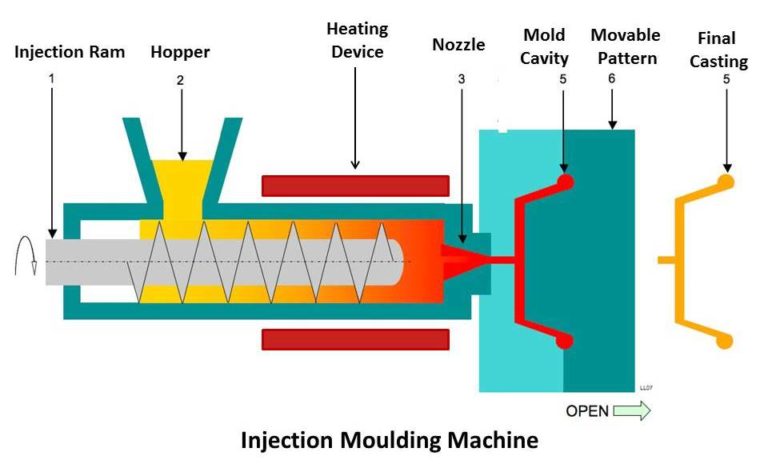About desktop injection mold
Using hand forming machines, we are able to produce top quality parts. The resulting surface finish is similar to the fine finish found in steel production tools. Occasionally we noticed visible flow lines, voids created by trapped gas, flash evaporation and obvious gate residue. Trim flash and gate residue by hand to clean molded parts. That said, cleaner parts can be achieved with better process control and stable material temperatures.
In our design studio, the use of 3D printing tools in conjunction with low pressure molding machines allows us to quickly manufacture real injection molded parts at low cost. We have been able to validate potential designs and produce components in small batches in real engineering plastics.
A basic metal die ring is suitable for printing tools. This ensures that the nozzle does not come into direct contact with the 3D printing tool, causing physical damage and/or degradation. Initially, we recycled materials with high modal flow indices. This allows us to check that the tool can be filled and demolded correctly. Once we had a fully formed part, we switched to polypropylene. The machines we use are manually operated and typically take 30 seconds from loading the tool to demolding the part. When we observed that the part was not fully formed, we applied a thin layer of mold release spray to make it easier for the material to fill the mold. Between cycles, we use compressed air to cool the tool as heat is absorbed from the molded plastic. This is to prevent damage to the tool.



































